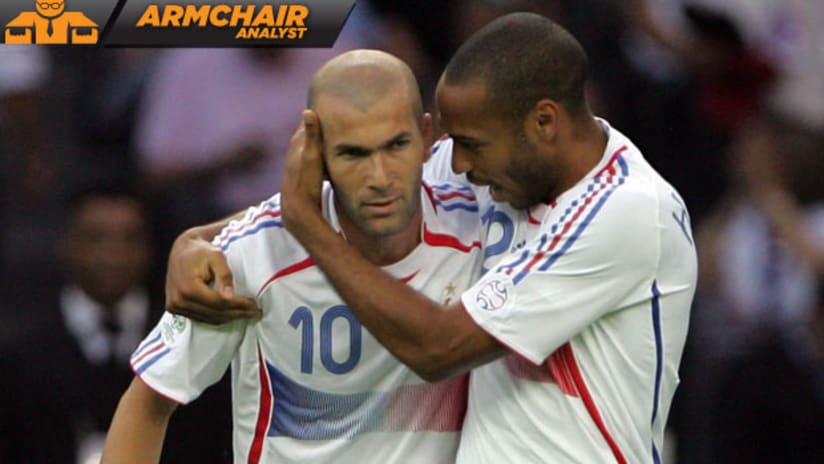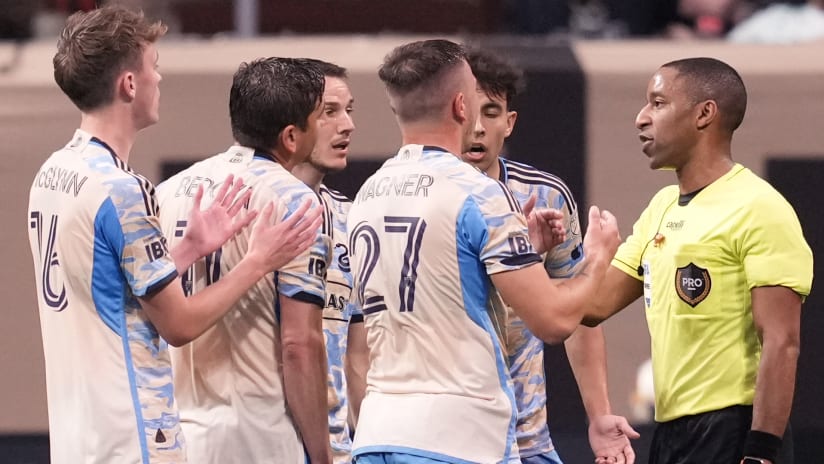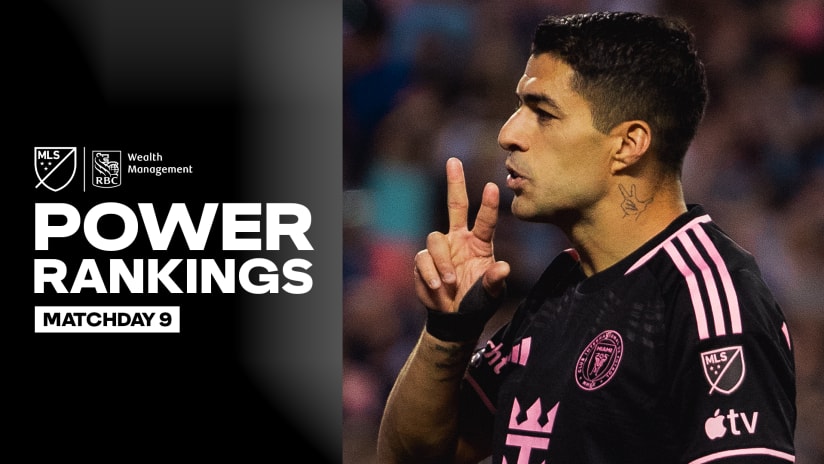Juan Román Riquelme is largely considered the last of a dying breed. He’s the “pure” playmaker, the No. 10 genius who sits in the central midfield, and hits pass after pass after pass into space for his attackers.
He doesn’t run much these days, and hardly did when he was on the right side of 30, to be honest. He also doesn’t defend at all – he’s not asked to.
Wesley Sneijder is the European version of Riquelme, and three years ago he was considered the second best player in the world. He pulled the strings for Inter when they won the UEFA Champions League, and for the Netherlands when they took Spain to extra time in the World Cup. In the words of Dan Haiek, “He got my Ballon d’Or vote that year.”
WATCH: Between the Lines archive
(Dan doesn’t have a Ballon d’Or vote, but we like to indulge him).
Today, Sneijder is 28, and gets subbed off for Galatasaray in big games.
The central attacking midfielder used to be what you built championship teams around, but now it’s a position that pretty much only exists in video games. Teams are too smart defensively, too well-drilled to allow players like Riquelme and Sneijder time and space to operate in that central channel – the spot where Carlos Valderrama became an icon and Zinedine Zidane became, by my reckoning, one of the five best players ever to set foot on the pitch.
These players, these No. 10s, dominated early MLS. But as the game has evolved, so has the league.
COMPLETE ARMCHAIR ANALYST ARCHIVE
The name remains the same – “The No. 10” – but the truth is the modern playmaker is much more often found out wide than in the middle. Or if he is in the middle, it’s much deeper – as far away from the opposing midfield destroyer as possible.
This is the first of a three-part series looking at that evolution, and how it’s changed the game both overall, and specifically in MLS.













